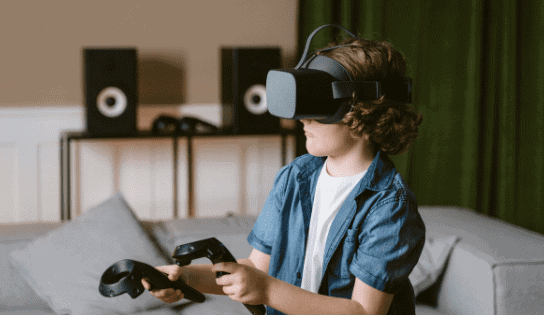
The impact of teacher attitude and teaching approaches on student demotivation: Disappointment as a mediator
Just as we develop our students’ self-efficacy and acknowledge the importance of our social presence during face-to-face learning, as the world continues to shift and technology becomes more prominent, we need to consider further enhancing our pedagogical practices for online learning.
23 Mar 2024

